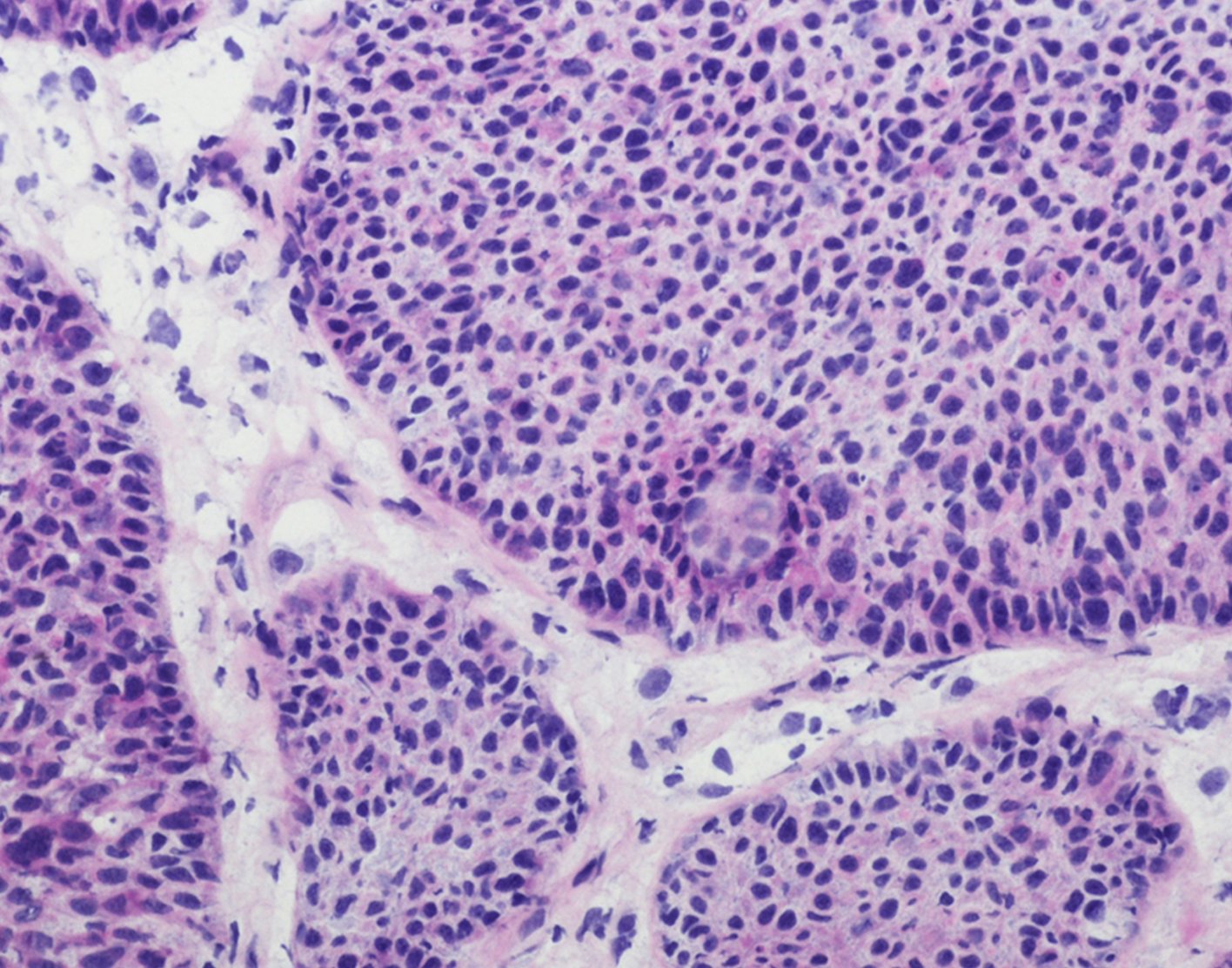
Rectal biopsy
Definition
A rectal biopsy is a procedure to remove a small piece of tissue from the rectum for examination.
Alternative Names
Biopsy - rectum; Rectal bleeding - biopsy; Rectal polyps - biopsy; Amyloidosis - rectal biopsy; Crohn disease - rectal biopsy; Colorectal cancer - biopsy; Hirschsprung disease - rectal biopsy
How the Test is Performed
A rectal biopsy is usually part of
A
A
How to Prepare for the Test
You may get a laxative, enema, or other preparation before the biopsy so that you can completely empty your bowel. This will allow the health care provider a clear view of the rectum.
How the Test will Feel
There will be some discomfort during the procedure. You may feel like you need to have a bowel movement. You may feel cramping or mild discomfort as the instrument is placed into the rectal area. You may feel a pinch when a biopsy is taken.
Why the Test is Performed
A rectal biopsy is used to determine the cause of abnormal growths found during anoscopy, sigmoidoscopy, or other tests. It can also be used to confirm the diagnosis of
Normal Results
The anus and rectum appear normal in size, color, and shape. There should be no evidence of:
- Bleeding
- Polyps (growth on the lining of the anus)
Hemorrhoids (swollen veins in the anus or lower part of the rectum)- Other abnormalities
No problems are seen when the biopsy tissue is examined under a microscope.
What Abnormal Results Mean
This test is a common way to determine the specific causes of abnormal conditions of the rectum, such as:
Abscesses (collection of pus in the area of the anus and rectum)Colorectal polyps - Infection
- Inflammation
- Tumors
- Amyloidosis
Crohn disease (inflammation of the digestive tract)Hirschsprung disease in infants (blockage of the large intestine)Ulcerative colitis (inflammation of the lining of the large intestine and rectum)
Risks
Risks of a rectal biopsy include bleeding.
References
Downs JM, Kulow B. Anal diseases. In: Feldman M, Friedman LS, Brandt LJ, eds. Sleisenger and Fordtran's Gastrointestinal and Liver Disease. 11th ed. Philadelphia, PA: Elsevier; 2021:chap 129.
Gibson JA, Odze RD. Tissue sampling, specimen handling, and laboratory processing. In: Chandrasekhara V, Elmunzer J, Khashab MA, Muthusamy VR, eds. Clinical Gastrointestinal Endoscopy. 3rd ed. Philadelphia, PA: Elsevier; 2019:chap 5.
Review Date: 30/09/2024
The information provided herein should not be used during any medical emergency or for the diagnosis or treatment of any medical condition. A licensed physician should be consulted for diagnosis and treatment of any and all medical conditions. Call 911 for all medical emergencies. Links to other sites are provided for information only -- they do not constitute endorsements of those other sites. Copyright ©2019 A.D.A.M., Inc., as modified by University of California San Francisco. Any duplication or distribution of the information contained herein is strictly prohibited.
Information developed by A.D.A.M., Inc. regarding tests and test results may not directly correspond with information provided by UCSF Health. Please discuss with your doctor any questions or concerns you may have.



























